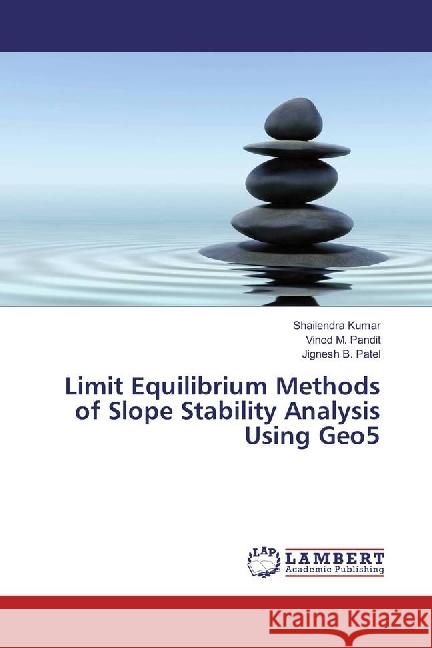Limit Equilibrium Methods of Slope Stability Analysis Using Geo5 » książka
Limit Equilibrium Methods of Slope Stability Analysis Using Geo5
ISBN-13: 9786202064699 / Angielski / Miękka / 2017 / 148 str.
The analysis and design of failing slopes and highway embankments requires an in-depth understanding of the failure mechanism in order to choose the right slope stability analysis method. The main difference between the limit equilibrium analysis methods is the consideration of the interslice forces and the overall equilibrium of the sliding mass. The effectiveness of any slope failure remediation method depends on the analysis method. Understanding the limitations of the limit equilibrium methods will help in designing more stable slopes and will help in developing more rigorous analysis methods that can accurately predict the slope behavior. In this work a literature review has been done to study the theoretical background of the most widely used 2D slope stability method. Comparison is done between various 2D analysis methods; effect of ignoring the side forces in 2D analysis methods is evaluated. Theoretical limitations of the slope stability methods were discussed. In addition to this, an example embankment is analyzed theoretically with the help of Microsoft Excel program for various methods and the values of FOS resulted are compared.











